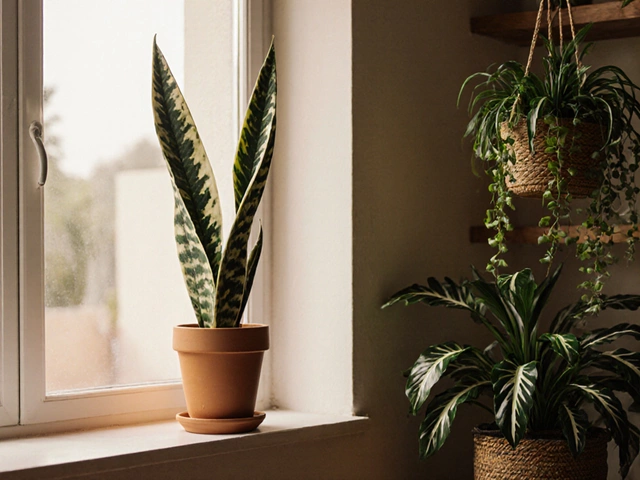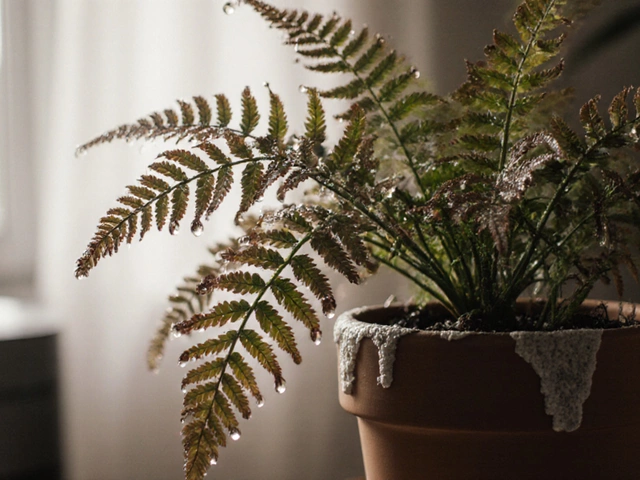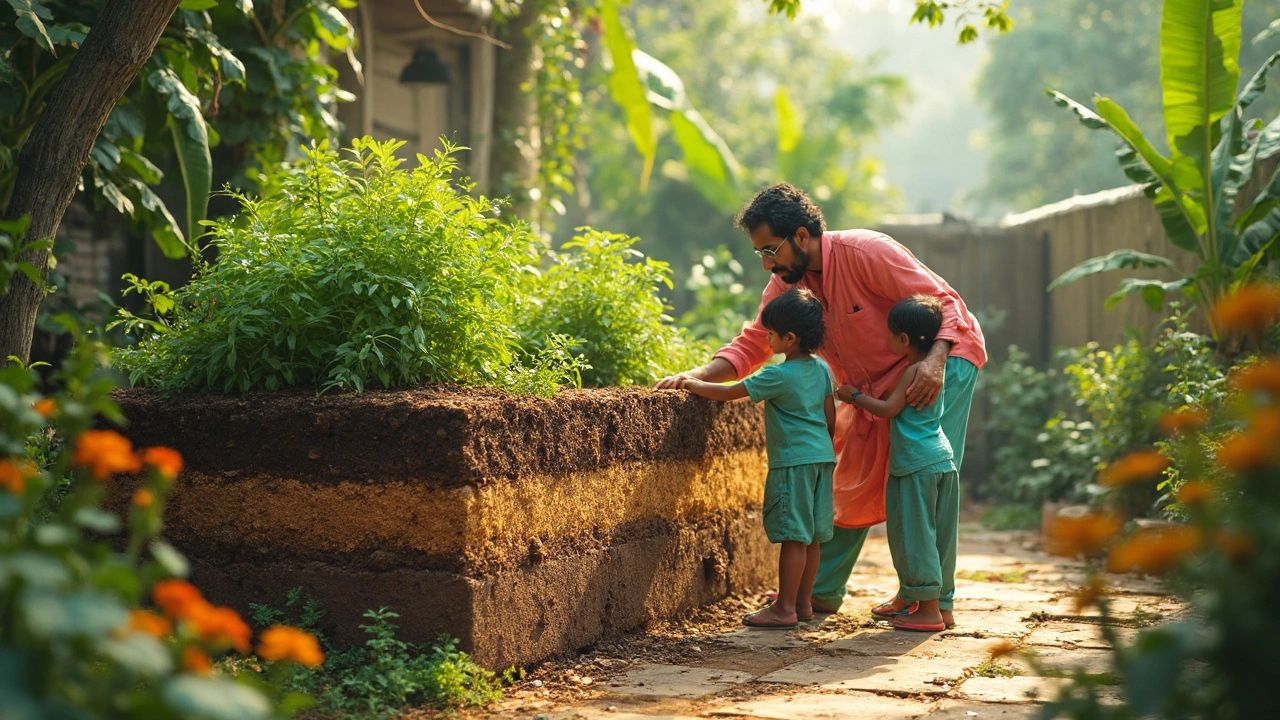Bottom Layer: Your Go‑To Hub for Practical Garden and Home Tips
Welcome to the Bottom Layer section, where we gather the most useful how‑tos that sit at the foundation of any successful garden or home project. Whether you’re digging a new drip line, turning a cramped balcony into a cozy nook, or keeping your houseplants thriving, you’ll find clear steps you can follow today.
Digging Deeper – Drip Irrigation Basics
Drip irrigation often feels like a secret weapon for water‑wise gardeners, but the setup can be puzzling. Start by deciding how deep to bury your lines – the rule of thumb is 2‑4 inches for surface drip and 6‑12 inches for subsurface systems. Too shallow and you risk UV damage; too deep and you lose pressure. A quick test: run water through a short section and measure the flow at the end; adjust depth until you get a steady, even stream.
If cost worries you, remember that the biggest expense is the tubing itself. Look for bulk discounts or local dealers who sell off‑cuts. You can even mix drip tape with regular line to cover larger areas without breaking the bank. When you’re ready to install, lay out a simple schematic on paper – a start point, main line, and emitters at each plant – then follow it step by step. This visual guide saves time and prevents costly mistakes later.
Making Small Spaces Work – Balcony & Indoor Plant Hacks
Balconies can feel like tiny rooms, but clever layouts turn them into functional living spaces. Start with vertical gardening: hanging pots, trellises, and tiered shelves free up floor area while adding greenery. Choose wind‑resistant containers and secure them with brackets – a sudden gust shouldn’t send your herbs crashing.
Storage is another hidden challenge. Use stackable crates or a narrow bench with built‑in compartments to stash tools, cushions, and seed packets. When you need seating, opt for fold‑able chairs that tuck under a table, keeping the area open for plant beds.
Indoor plant care often sparks debate – do you really need to mist? Most houseplants thrive on consistent watering and proper light, not a misting routine. Test soil moisture with your fingertip; if the top inch feels dry, water until it drains from the bottom. For humidity‑loving varieties, place a pebble tray with water nearby – this raises ambient humidity without over‑wetting the soil.
Lastly, think about soil health in your garden beds. Heavy, compacted soil can choke roots. Add a mix of compost, coarse sand, and a bit of perlite to improve texture and drainage. This simple amendment works for both vegetable beds and flower borders, giving plants space to spread their roots.
The Bottom Layer tag brings together these foundational ideas so you can build a stronger garden, a smarter irrigation system, or a cozier balcony without getting lost in details. Dive into each article for step‑by‑step instructions, real‑world examples, and quick tips you can apply right away. Got a question or a success story? Share it in the comments – we love hearing how these basics help you grow.
Best Materials to Put in the Bottom of a Raised Garden Bed for Healthy Soil
Not sure what to put at the bottom of a raised garden bed? This article breaks down the best materials to boost soil health, improve drainage, and keep weeds at bay. Learn the dos and don’ts for a thriving garden setup. Get practical tips that save time, money, and hassle. Create your raised bed right from the start.
About
Soil Improvement
Latest Posts


Flower Blooming Seasons in India: Best Months for a Colorful Garden
By Alden Thorne Jul 13, 2025

Grandma Plant Explained: Easy‑Care, Sustainable Houseplant Guide
By Alden Thorne Oct 17, 2025

Can You Use Tap Water to Mist Indoor Plants?
By Alden Thorne Nov 21, 2025

